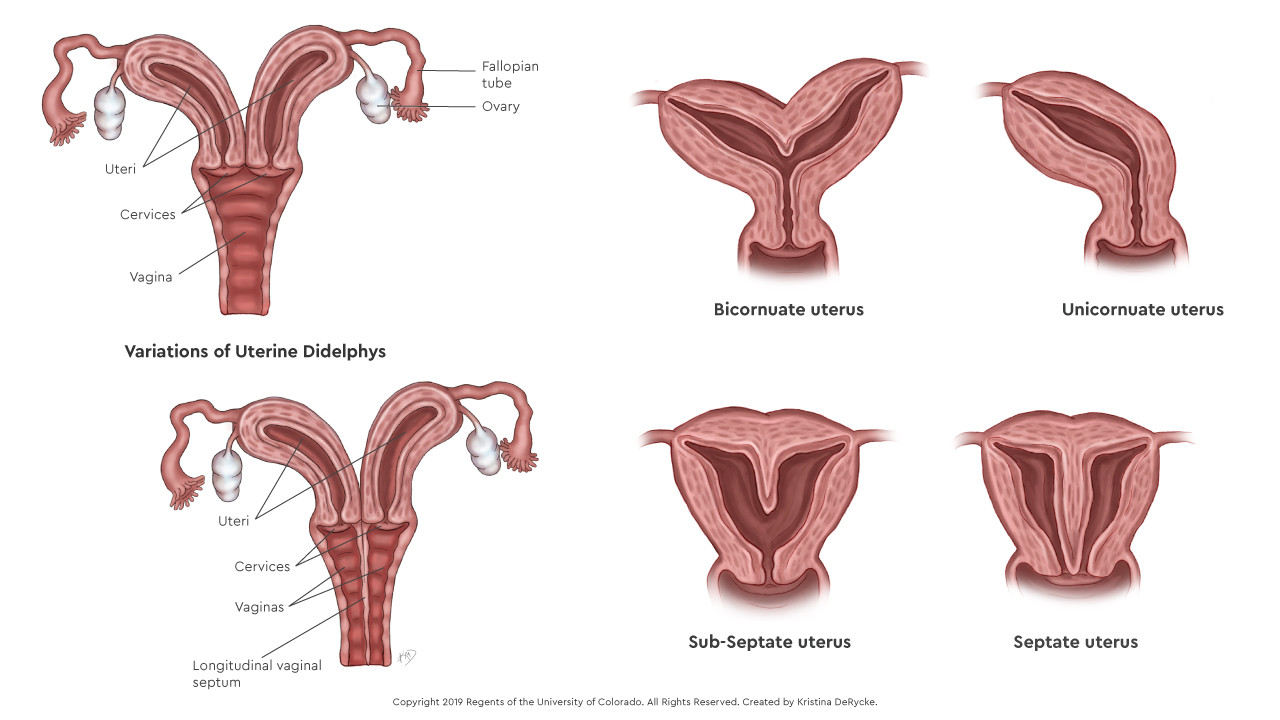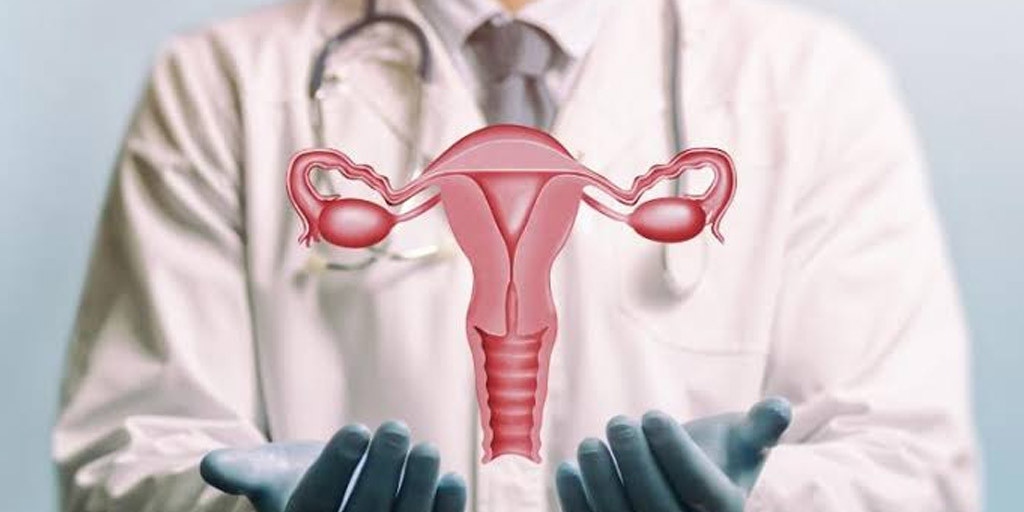Definition
Duchenne Muscular Dystrophy (DMD) is a congenital disorder caused by genetic mutations. These genetic changes affect the muscles and nerves, leading to progressive muscle weakness. The mutated gene responsible is the DMD gene, which is linked to the X chromosome, making this condition more common in males. The mutation results in a disruption of dystrophin protein in muscle cells, which plays a crucial role in stabilizing cell membranes.
The incidence of DMD is estimated at 1 in every 3,500–5,000 male births, making it a rare disease. Muscle weakness initially presents as difficulty walking, but progressively worsens, eventually preventing the patient from performing daily activities and necessitating the use of a wheelchair.
Gross motor delays and/or reduced motor function can occur by the age of 5. Muscle weakness continues to progress, and by an average age of 13, patients with DMD become wheelchair-dependent due to the weakness of the leg muscles.
Patients with DMD are generally diagnosed around the age of 4. As the disease progresses, the patient typically loses the ability to walk in early adolescence, followed by a loss of upper limb strength and function.
Causes
Duchenne Muscular Dystrophy is caused by mutations in the dystrophin gene linked to the X chromosome. The dystrophin gene is one of the largest genes in the human genome. Mutations in this gene limit dystrophin production, leading to abnormal muscle structure. Over time, fibrous tissue and fat replace muscle tissue, resulting in progressive muscle weakness.
Dystrophin is abundant in muscle, particularly in skeletal muscles, the heart, the brain, and the retina. Although its distribution in the brain is less than in muscles, it still affects the central nervous system in DMD patients.
DMD is an inherited genetic disorder. However, approximately 30% of cases arise from new mutations. Males have 46 chromosomes with XY sex chromosomes, while females have 46 chromosomes with XX sex chromosomes. Therefore, mutations linked to the X chromosome manifest in males, whereas females generally act as carriers. Carriers typically show no symptoms, though some may present with a spectrum of symptoms ranging from mild to severe muscle cramps or weakness. An estimated 2.5% to 20% of female carriers may exhibit clinical symptoms.
Risk factor
The occurrence of DMD can be random due to genetic mutations, so the specific risk factors remain unclear. However, a family history of DMD increases the likelihood of passing the condition to offspring.
Symptoms
In the early years of life, children with DMD typically exhibit normal or slightly delayed growth and development compared to children without DMD. Slower growth results in short stature, often noted around age 4. Muscle weakness, known as hypotonia, may present in infants, such as difficulty lifting the head, which could be an early indicator of DMD.
During childhood, symptoms may include facial muscle weakness, difficulty moving and walking, and an abnormal gait. Common signs include tiptoeing, difficulty running, climbing stairs, and frequent falls. The toe-walking or dragging gait is typical in DMD patients until they lose the ability to walk and require a wheelchair by the age of 12 or 13.
Spinal abnormalities, such as lordosis and scoliosis, accompanied by muscle stiffness, may also develop. Scoliosis can impair lung function, leading to breathing difficulties.
Contractures or stiffness, along with muscle atrophy in the ankles, knees, hips, and elbows, may become apparent. A characteristic feature of DMD is pseudohypertrophy of the calves, where the calf muscles appear disproportionately large compared to the smaller thigh muscles.
Pharyngeal muscle weakness may result in aspiration, where food enters the airways rather than the digestive tract. Other symptoms include urinary and fecal incontinence due to weakness of the pelvic floor muscles, though this is rare in DMD patients.
Intellectual impairment is observed in all DMD patients, though only 20-30% have an IQ below 70, which is an indicator of mental retardation. The degree of cognitive impairment does not correlate with disease severity. Most patients experience mild learning disabilities and can attend regular classes like children without DMD.
Diagnosis
DMD should be suspected in patients with muscle weakness, especially if characteristic signs and symptoms are present upon physical examination or if there is a family history of the disease.
The diagnosis involves several tests, such as measuring creatine kinase, an enzyme elevated in DMD due to muscle breakdown. Additional tests may include muscle biopsy, genetic analysis, electrocardiogram (ECG), and echocardiogram. Electromyography may also be performed to assess the speed of nerve conduction in motor and sensory nerves.
Management
Currently, there is no definitive cure for DMD. Treatment focuses on managing symptoms and providing supportive care. Active family involvement in the care of DMD patients is crucial for preventing complications and prolonging life expectancy. This proactive approach also improves the patient's quality of life. The average life expectancy for DMD patients is around 29 to 30 years.
Complications
Cardiac and respiratory complications are the most common and significant causes of mortality in DMD patients. Death typically occurs around the age of 20.
Prevention
Screening family members can be a preventive measure for DMD, particularly by understanding the family history of the disease before marriage. Early diagnosis can have a significant impact on the patient's future, helping to delay the onset of complications.
When to see a doctor?
Parents should seek medical evaluation if a child exhibits signs of delayed or abnormal motor development, particularly muscle weakness or difficulty walking. Understanding the normal growth and development milestones is crucial for early detection and appropriate treatment, which can significantly improve the patient's quality of life.
Looking for more information about other diseases? Click here!
- dr Ayu Munawaroh, MKK
Duchenne muscular dystrophy and dilated cardiomyopathy with deletion of exon 45 and 49. (2022). Retrieved 25 September 2022, from https://journals.lww.com/cardioplus/Fulltext/2022/06000/Duchenne_muscular_dystrophy_and_dilated.7.aspx
Prognostic indicators of disease progression in Duchenne muscular dystrophy: A literature review and evidence synthesis. (2022). Retrieved 25 September 2022, from https://journals.plos.org/plosone/article?id=10.1371/journal.pone.0265879
Duchenne Muscular Dystrophy. (2022). Retrieved 25 September 2022, from https://www.ncbi.nlm.nih.gov/books/NBK482346/
Incidence of Duchenne muscular dystrophy in the modern era; an Australian study. (2022). Retrieved 25 September 2022, from https://www.nature.com/articles/s41431-022-01138-2












